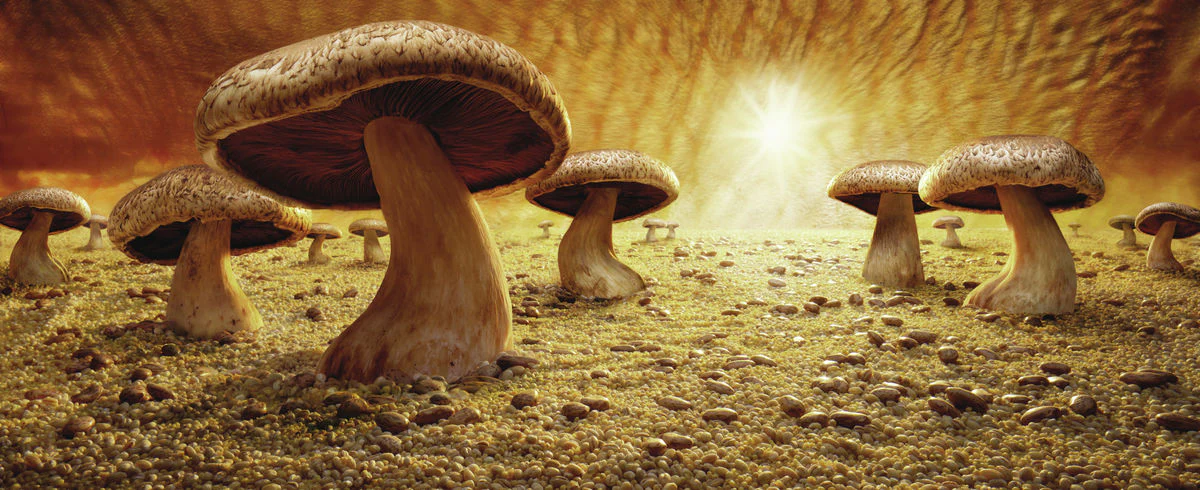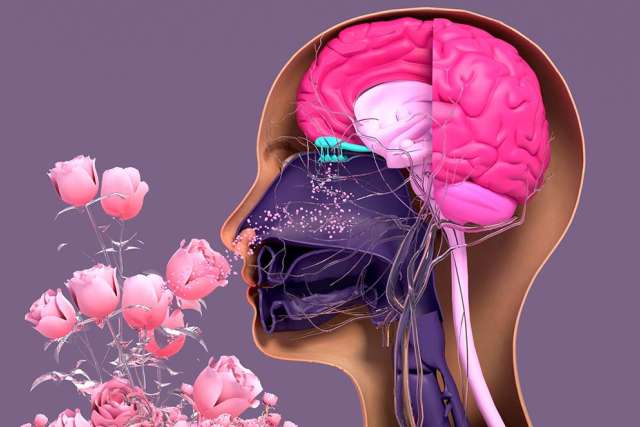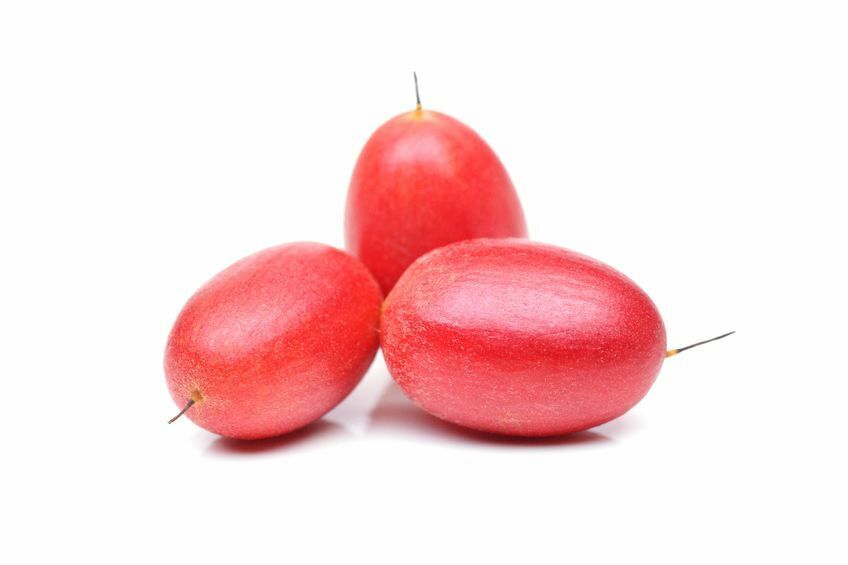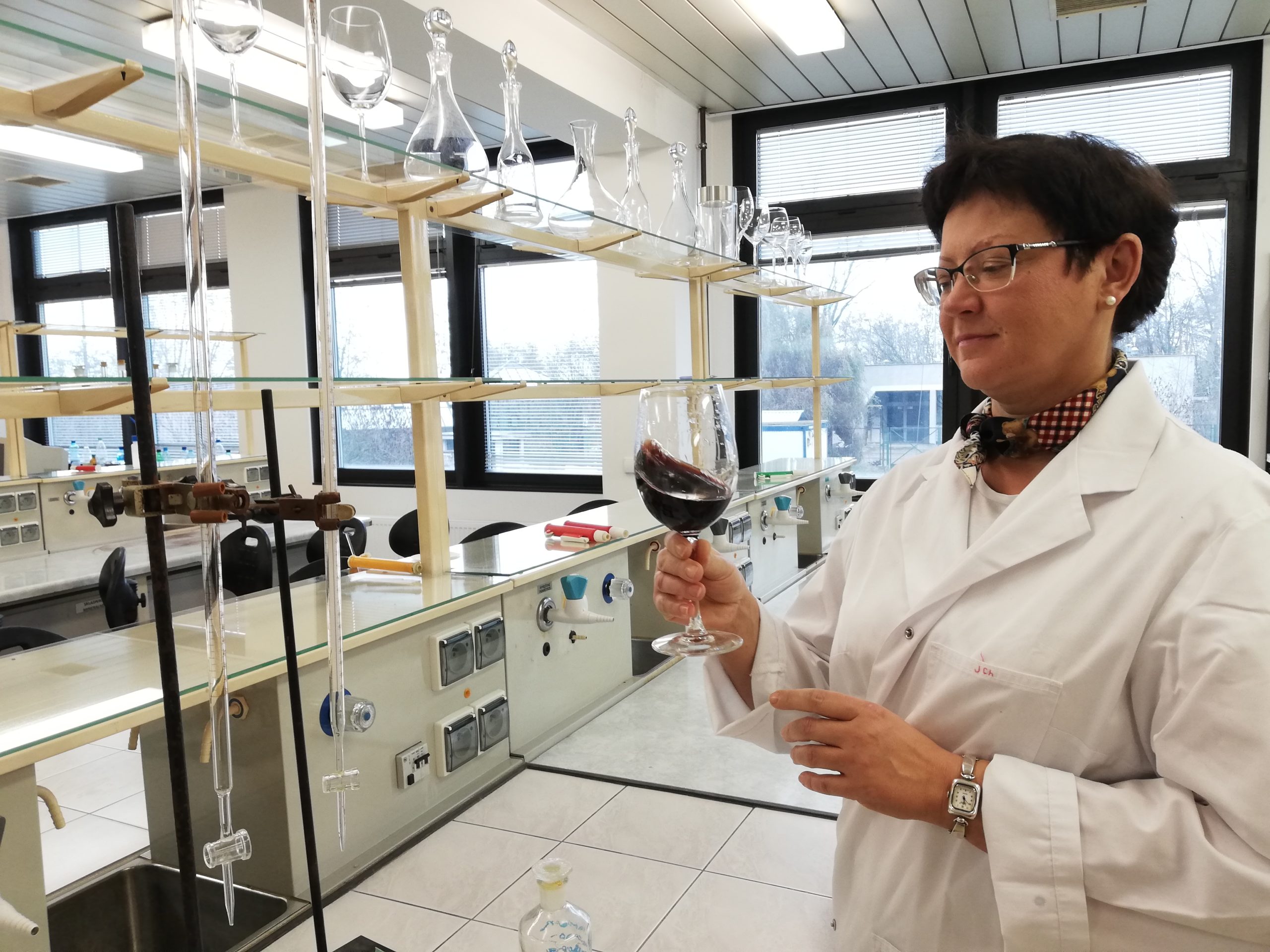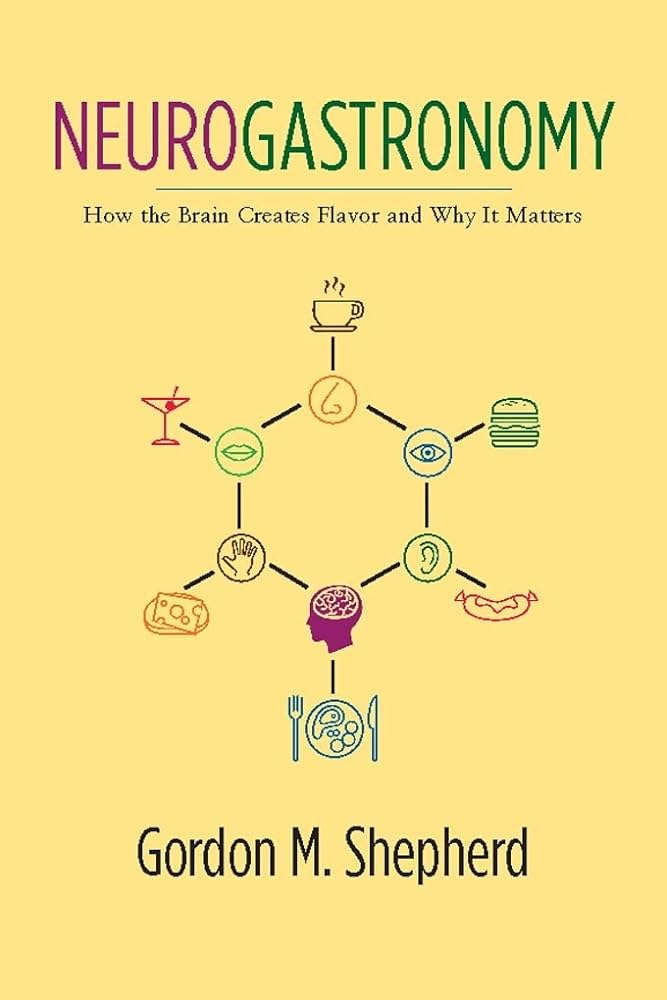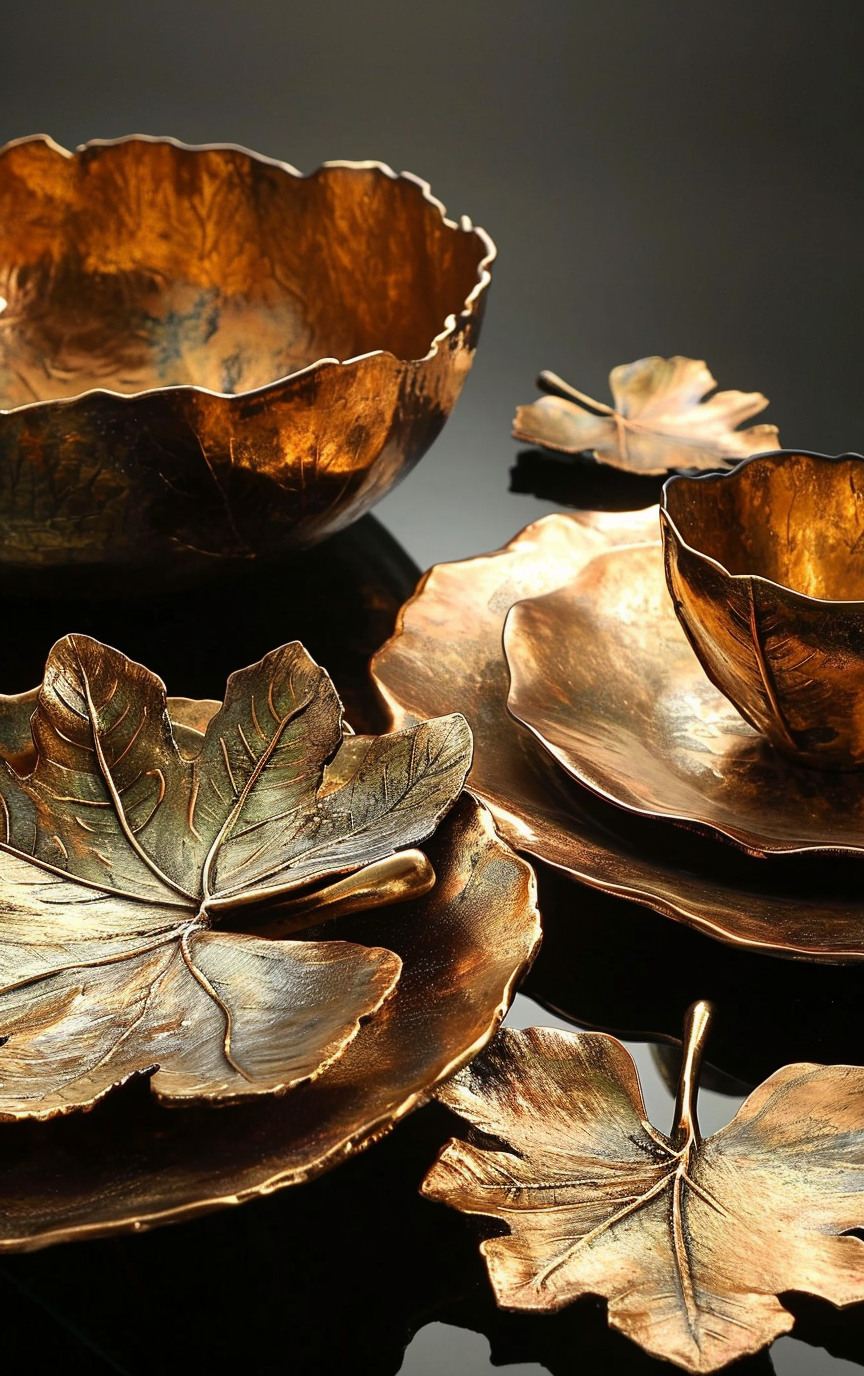In 1998 I picked up a portabella mushroom in a market, held it up to the light, and imagined that it was some kind of canopy tree in an alien world. I took it back to my studio and with a handful of beans and rice, I created my first Foodscape. Ten years later, with a couple of dozen images in my portfolio, the work was discovered by the media and the images went viral around the globe. Stumbling across something that is original is not easy in a time when most things have been done or thought of before. My...
ART- 724 -Taste disturbances
Taste is a sense that enables humans to chemically analyze substances that enter our mouths. Over the millennia, taste helped human bodies avoid foods that were toxic or deadly, thus affecting their survival. Moreover, for humans, tasting allows us to personalize our culinary preferences. Thanks to it, we can recognize stale or spoiled food products, which protects us against dangerous food poisoning.The sense of taste is one of the five senses in humans (along with sight, hearing, smell and feeling/touch). Taste sensations are a combination of five basic tastes:bitter,salty,sweet,sour,umami – the taste of glutamic acid. Taste sensations are not related to...
ART-724-Sensory science : Partners in flavour.
Our perception of food draws on a combination of taste, smell, feel, sight and sound. The way we experience food is not limited to the mouth — odour, vision, hearing and even touch can radically change the taste of food or affect food preference. And it all starts before birth. Amniotic fluid, the baby's first food, contains glucose, fructose, fatty acids and amino acids, and newborns are born preferring the sweet taste of mother's milk to other flavours. Since the 1970s, researchers have known that the introduction of sweet solutions into the amniotic fluid causes the fetus to swallow more frequently, whereas...
ART-724-neurogastronomy – cheating taste
Taste has been with us from the beginning of life. It's hard to imagine functioning without it, but where to look for its sources? The gustatory cortex is to blame for everything. It is located in the recess of the parietal lobe, near the postcentral gyrus, near the somatosensory cortex, where neuronal stimulation causes the perception of appropriate smells and tastes - explains Dr. Chłopicka. For scientists, this is important because knowing the areas of "genesis" of this sense, thanks to science it is possible to influence these places, which will help, for example, people with diabetes, who often have...
ART-724- Transdisciplinary Practice-Colaboration
The next element to my project is a module on Transdisciplinary Practice. The main assumption is to base it on cooperation with someone who will bring a lot of key information to my project. In my project, the information I will obtain from Dr. Joanna Chłopicka will be necessary. dav Dr. Joanna Chłopicka is an employee of the Jagiellonian University in Krakow, Faculty of Pharmacy, Department of Bromatology. He is a senior lecturer with a PhD For the conversation with Dr. Chłopicka, I prepared several key questions: 1.What exactly is neurogastronomy and why has it become so popular in recent years? 2.Can neurogastronomy help people change...
ART-724-Neurogastronomyscientific manipulations in the service of gastronomy and the food industry
The human sense of taste can be manipulated by color, shape and sound. According to the bromatologist, the main role in this part is played by the phenomenon known as synesthesia of sensations. Subconsciously, each of us associates a given taste with a specific color or shape, this is the power of our attitude and expectation.It is obvious that both the food and catering industries carefully use the work of scientists. While drinking coffee and eating chocolate in a place with lower lighting, the melody of Nocturne No. 2 in E flat major, Op. 9 by Fryderyk Chopin, one may get...
The most important apparatus in the culinary arts is not cutting-edge kitchen equipment or exotic ingredients; it is the senses. As neuroscientist Gordon Shepherd describes in Neurogastronomy, it's through the senses that we translate the size and configuration of volatile molecules into qualitative meaning, from biochemical into flavourful. In this succinct yet informative book, Shepherd distills more than 50 years of research — and the collective knowledge of scientists, gastronomes, chefs, anthropologists and artists — to improve our understanding of flavour. He describes the physiology and neuro-circuitry of eating in compelling detail, delving deeply into the brain's systems for flavour detection. After...
ART-724- Neurogastronomy.
The term "neurogastronomy" was proposed and introduced to science by Gordon M. Shepherd, a neurobiologist and professor at the Yale School of Medicine (USA), who published an article in the journal "Nature" in 2006, in which he used the term "neurogastronomy" for the first time. Six years later, Shepherd published a book titled Neurogastronomy. Published by Columbia University Press, it resulted in the idea of establishing the International Society of Neurogastronomy (ISN) in 2014. The mission of ISN is to promote and develop neurogastronomy from both a scientific and health point of view, in order to improve the quality of...
ART 718- Palermian encounters with art.
https://www.youtube.com/watch?v=9RH3sjpJjpw ...
ART-718- Copper dishes and cutlery-AI inspiration
This time I decided to use the AI program to create my own inspirational images. The goal is to obtain images generated only in my words. ...

